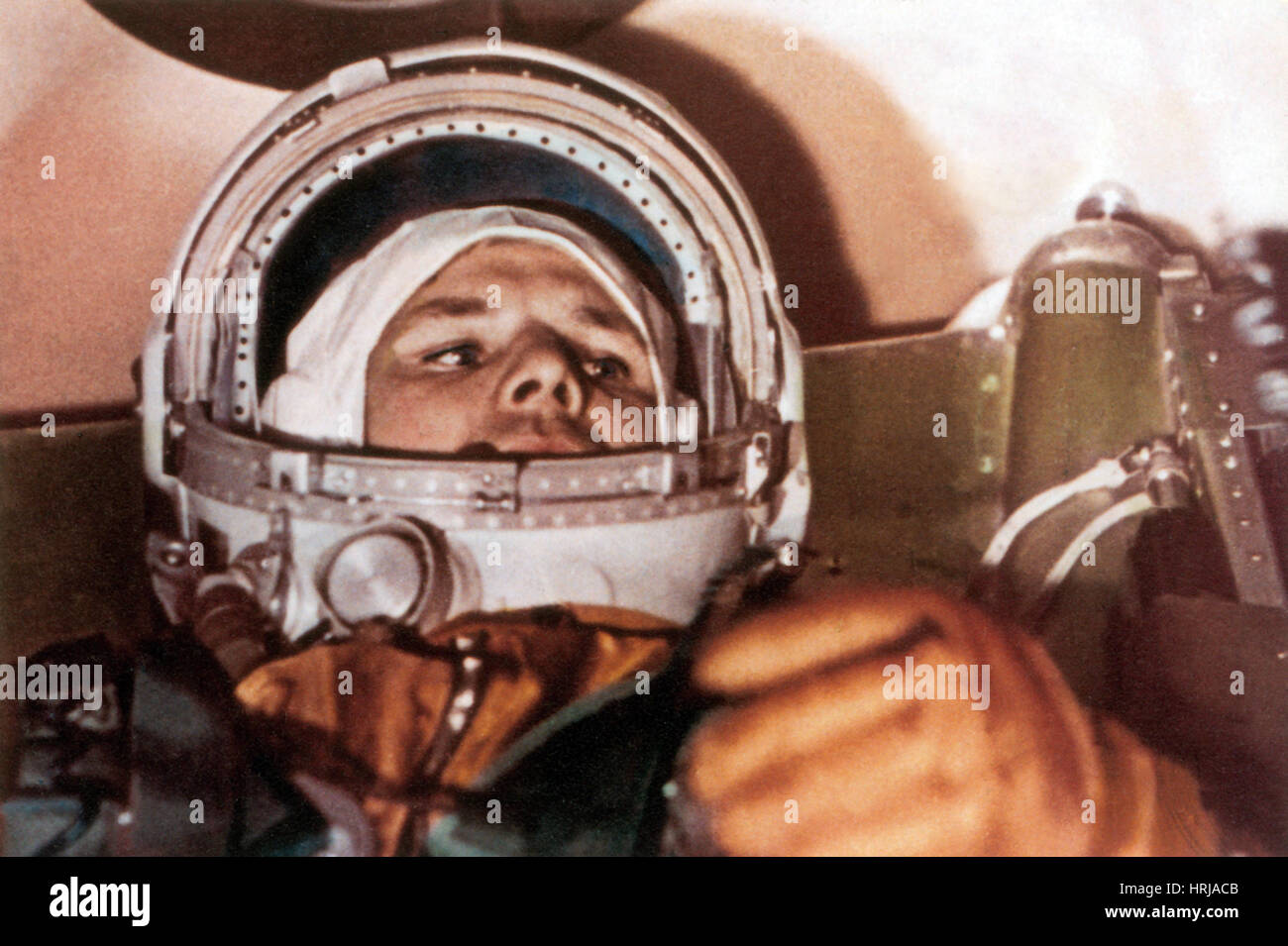Yuri Alekseyevich Gagarin, a Soviet pilot and cosmonaut, became the first human to journey into outer space on April 12, 1961. His historic flight aboard the Vostok 1 spacecraft marked a monumental achievement for the Soviet Union during the height of the Cold War and the Space Race. Gagarin’s mission not only solidified his status as an international icon but also paved the way for future space exploration, inspiring generations of scientists, engineers, and astronauts around the world.
The Historic Flight of Vostok 1
Gagarin’s spaceflight took place on a day that would be forever remembered in history. At 6:07 a.m. UTC, the Vostok 1 spacecraft was launched from the Baikonur Cosmodrome in what is now Kazakhstan. The mission lasted 108 minutes, during which Gagarin completed one orbit of Earth at a speed of 27,400 kilometers per hour. Unlike early U.S. space missions, where astronauts remained inside their capsules during reentry, Gagarin ejected from the spacecraft at an altitude of about 7,000 meters (23,000 feet) and landed by parachute. This method of landing raised some concerns regarding the recognition of his flight by the Fédération Aéronautique Internationale (FAI), the governing body for aviation records, but ultimately, his achievements were officially acknowledged.
The flight itself was not without challenges. Gagarin experienced moments of communication loss with ground control and faced technical difficulties during reentry. However, he maintained composure and successfully completed the mission, returning to Earth near the town of Engels in Russia. His famous words upon launch, “Poyekhali!” (“Off we go!”), became a symbol of the beginning of the Space Age and are still celebrated today.
The Early Life of a Space Pioneer

Born on March 9, 1934, in the village of Klushino in the Smolensk Oblast of the Russian SFSR, Gagarin grew up in a modest family. His parents, Aleksey Ivanovich Gagarin and Anna Timofeyevna Gagarina, worked on a collective farm. Despite the hardships of World War II, including the German occupation of his village, Gagarin displayed a strong sense of determination and curiosity. He was fascinated by aircraft from a young age, and this passion led him to pursue a career in aviation.
After completing his education, Gagarin joined the Soviet Air Forces and trained as a pilot. His exceptional skills and physical fitness eventually earned him a spot in the Soviet space program. Selected among 20 pilots, Gagarin was chosen for the Vostok program due to his small stature, which allowed him to fit comfortably in the cramped Vostok capsule. His intelligence, quick thinking, and ability to handle high-stress situations made him a standout candidate.
A Global Celebrity and National Hero

Following his successful spaceflight, Gagarin became a global celebrity and a symbol of Soviet technological prowess. He was awarded numerous honors, including the title of Hero of the Soviet Union, the highest distinction in the country. His image appeared on stamps, coins, and monuments across the USSR and beyond. Gagarin toured extensively, visiting countries around the world and sharing his experiences with millions of people.
Despite his fame, Gagarin remained humble and approachable. His charismatic personality and warm smile endeared him to the public. However, his life was not without personal challenges. In 1961, he was caught in a scandal involving a liaison with a nurse, which led to a temporary estrangement from his wife, Valentina. Nevertheless, he continued to serve his country and inspire others through his work.
The Tragic End of a Space Legend
Gagarin’s career as a cosmonaut came to an abrupt end in 1968 when he died in a plane crash near the town of Kirzhach. He was piloting a MiG-15UTI with flight instructor Vladimir Seryogin when the aircraft crashed. The cause of the crash remains a subject of speculation, with various theories ranging from mechanical failure to human error. An investigation by the KGB suggested that outdated weather information and improper fuel tank management may have contributed to the accident. However, no definitive answer has ever been confirmed.
Gagarin’s death was a profound loss for the Soviet Union and the global space community. His legacy, however, continues to live on. He is remembered not only for his historic flight but also for his contributions to science, technology, and the spirit of exploration.
Legacy and Impact
Gagarin’s impact on space exploration is immeasurable. His flight demonstrated the feasibility of human space travel and inspired subsequent missions, including the Apollo moon landings and modern-day space programs. Today, April 12 is celebrated as Cosmonautics Day in Russia and other former Soviet states, and it is also recognized as the International Day of Human Space Flight by the United Nations.
Numerous places, buildings, and even a crater on the Moon have been named in honor of Gagarin. His story is told in books, documentaries, and films, ensuring that his contributions to space exploration remain part of the world’s cultural heritage.
Conclusion
Yuri Gagarin’s journey from a small village in the Soviet Union to becoming the first human in space is a testament to the power of perseverance, courage, and vision. His historic flight not only advanced scientific knowledge but also united people around the world in the shared dream of exploring the cosmos. As we continue to push the boundaries of space exploration, Gagarin’s legacy serves as a reminder of the importance of innovation, collaboration, and the indomitable human spirit.



